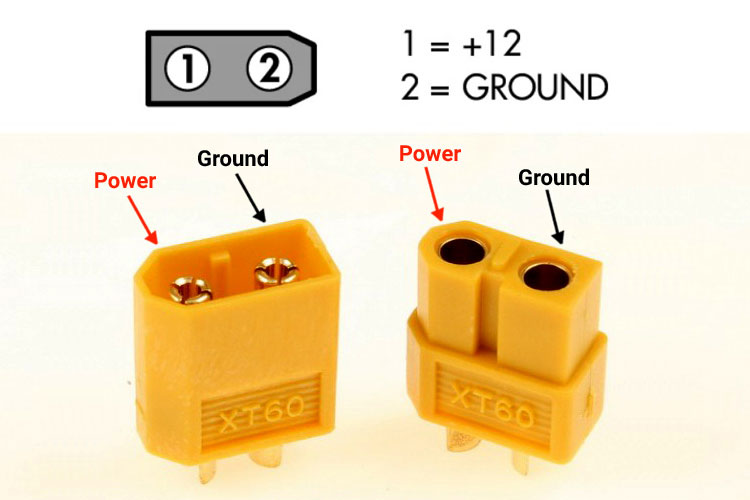Current rating and wire thickness
It is very important to have an estimate of how much current is flowing through a wire in a circuit. Resistance is inversely proportional to cross-sectional area, so a thicker wire will have a lower resistance than a thinner wire. This makes it more suited for carrying higher currents.
The AWG (American Wire Gauge) is one of the methods used to find the the appropriate thickness of wire needed for a given current rating.
Connectors
There are a LOT of different connectors, with different usecases for each of them. Each connector has its own quirks, with some only being used in specific situations.
XT connectors are commonly used for battery connections as it is impossible to plug them in the wrong way around due to being asymmetric and are suitable for high-current applications. There are an example of a wire-to-wire connector.
 Image courtery of components101.com
Image courtery of components101.com
When selecting a connector, it is important to consider the following:
- Will the connection be experiencing tension?
- Does the connection require soldering or just crimping?
- Does the connection need to be changed often?
- How much space is available for the wiring?
- Does the connector support the estimated current load?
- Will the connection undergo vibration?
If you're unsure of what connector to use, you can checkout catalogs from brands such as JST, Dupont, Molex or Wago.